Chaos at Kaveri
After spending some amazing time with Grizzled giant squirrel, I made another trip to the Kaveri Wildlife Sanctuary in search of other riverine species.

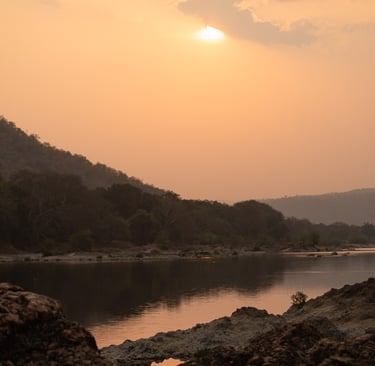
After experiencing the glorious sunset, the following day was welcomed by the magnificent mist in the morning at the shores of the calm Kaveri was just enthralling until I noticed loads of garbage everywhere.
The very same branches on which I saw Cormorants, Bulbuls, Kingfishers just a few months ago are now covered with plastics and used clothes. In my quest to find the cause of this disaster I had enquired few people and the narratives on the sources of this mayhem were unconvincing. What I was told is that the efforts in clearing up this mess resulted in the collection of a pile which had completely occupied 9 small boats (made of bamboo) from the forest department.
Every time my eyes notice blue colour on branches thinking it could be a White-throated Kingfisher only to wipe off my impression resulting it as a plastic item or a cloth. I have hardly seen owls near the banks now.
If you observed carefully in the image below, you will notice these dump behind the mugger.
So who else lives here? Grizzled-giant squirrel, another riverine species that I love along with Smooth-coated Otters and birds such as Lesser-fish eagle. Hope these dump is not classified as the new type of habitat.
Its only a hope that in my next visit the avians would return to perching on these branches. The blue colour on the branch should no longer be a cloth but a Kingfisher.
Sunset at the Kaveri river. On the backdrop the beautiful Kaveri Wildlife sanctuary.
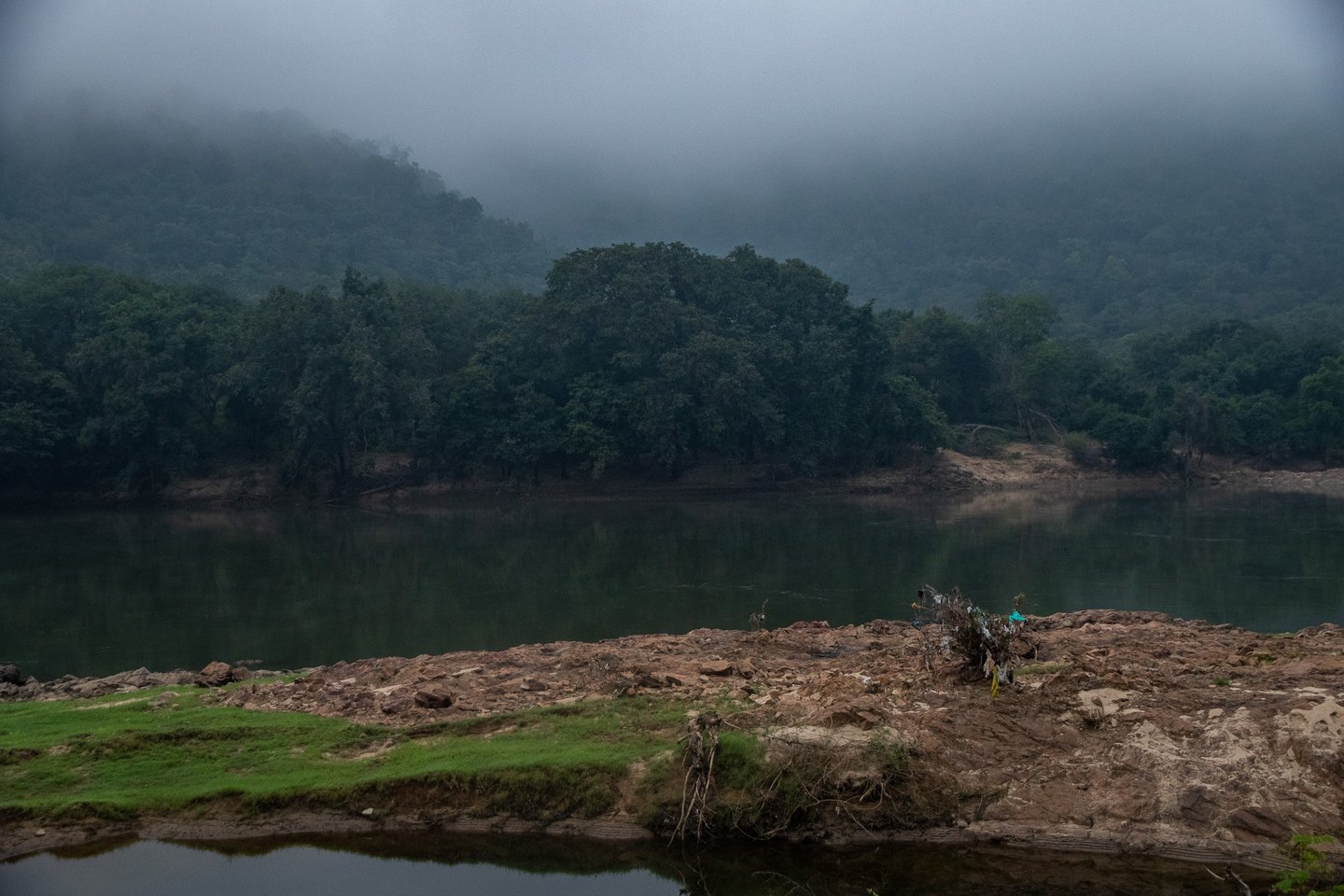

Plastics found on the branches especially the ones which are at the edge of the bank of the river.


A more closer look at the dump segregated on the branches.


The dump includes clothes, plastic wastes mainly.
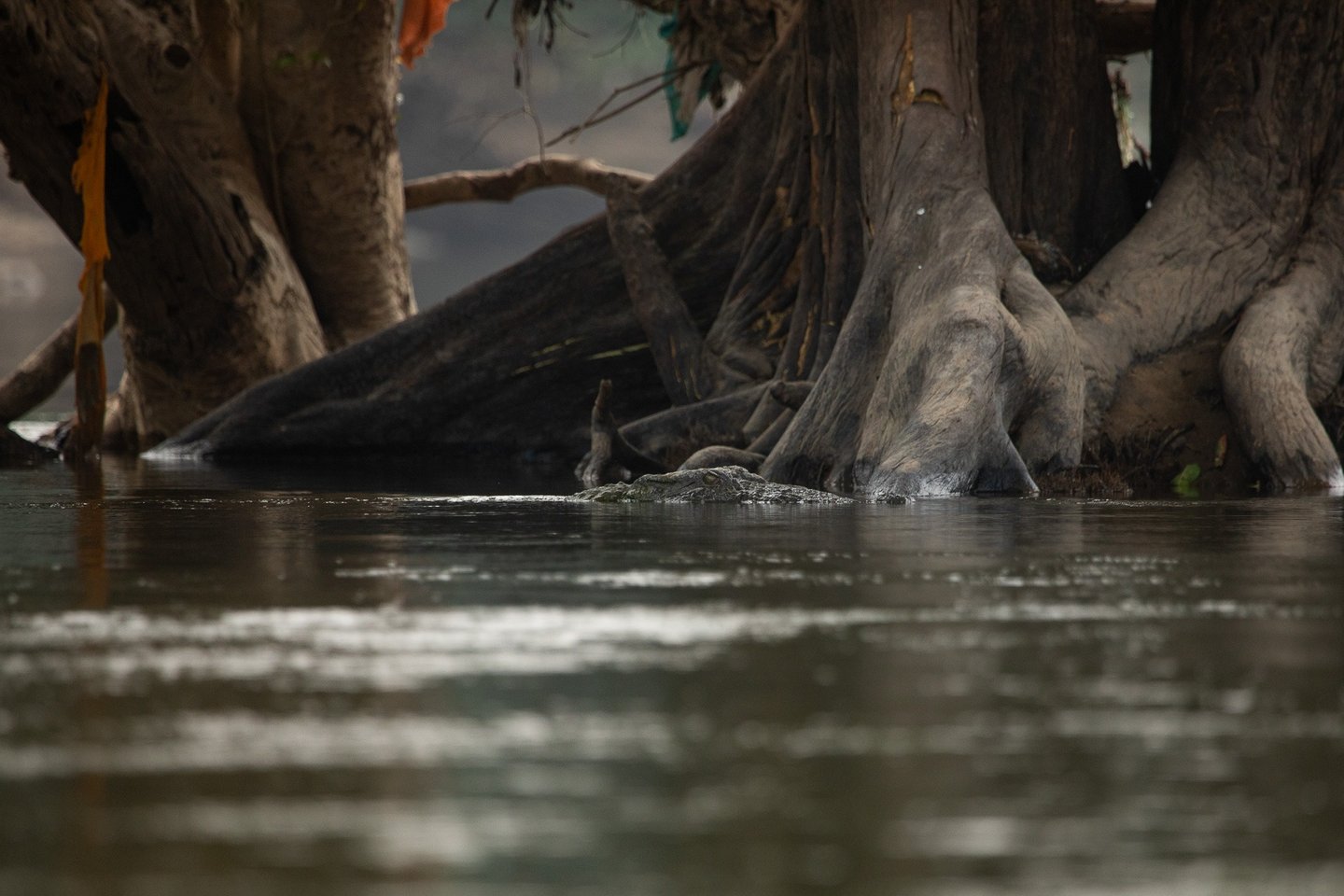

A mugger swimming in the Kaveri river. Behind piece of cloth can be seen.
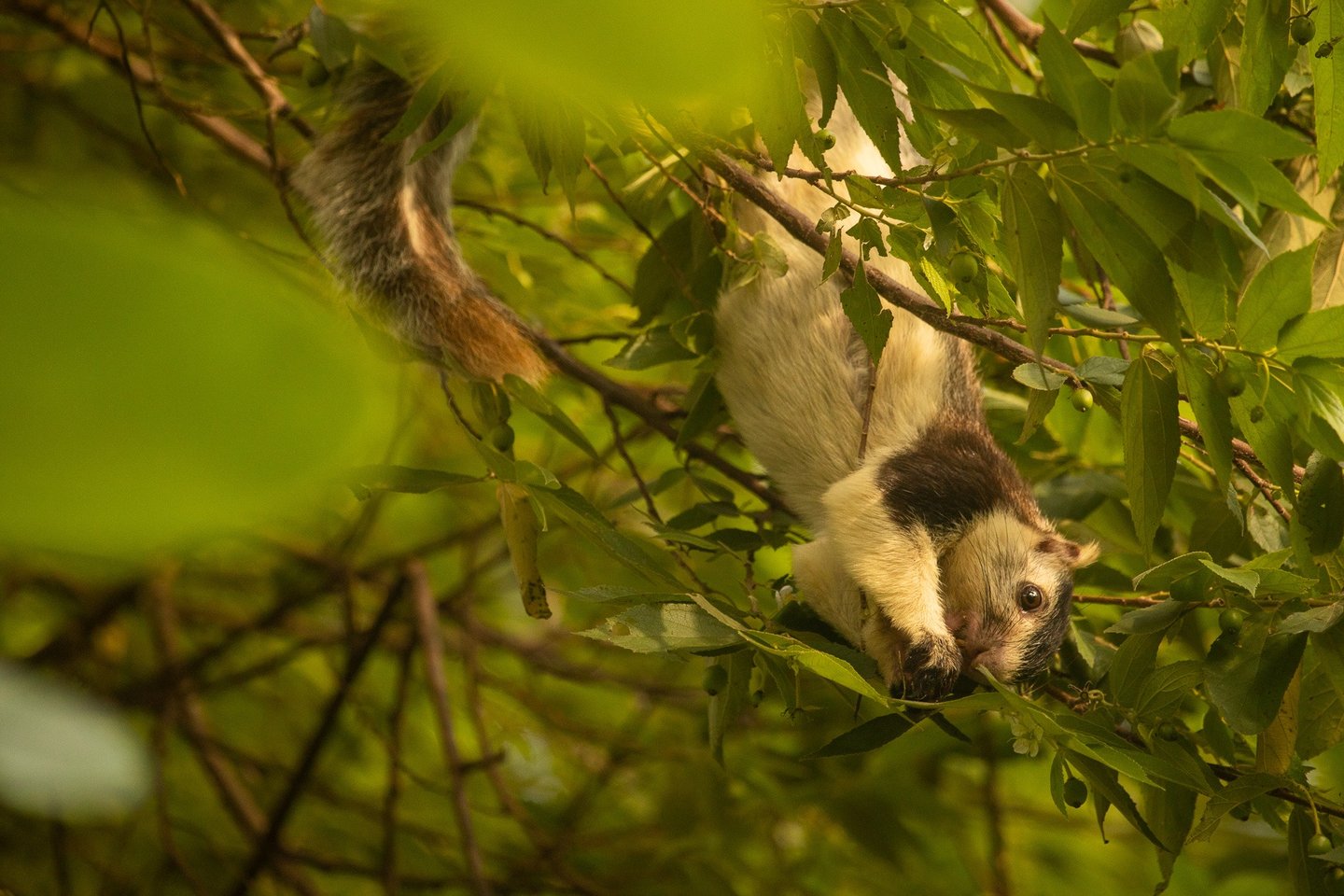

Grizzled giant squirrel. A riverine species found in the Kaveri Wildlife sanctuary.
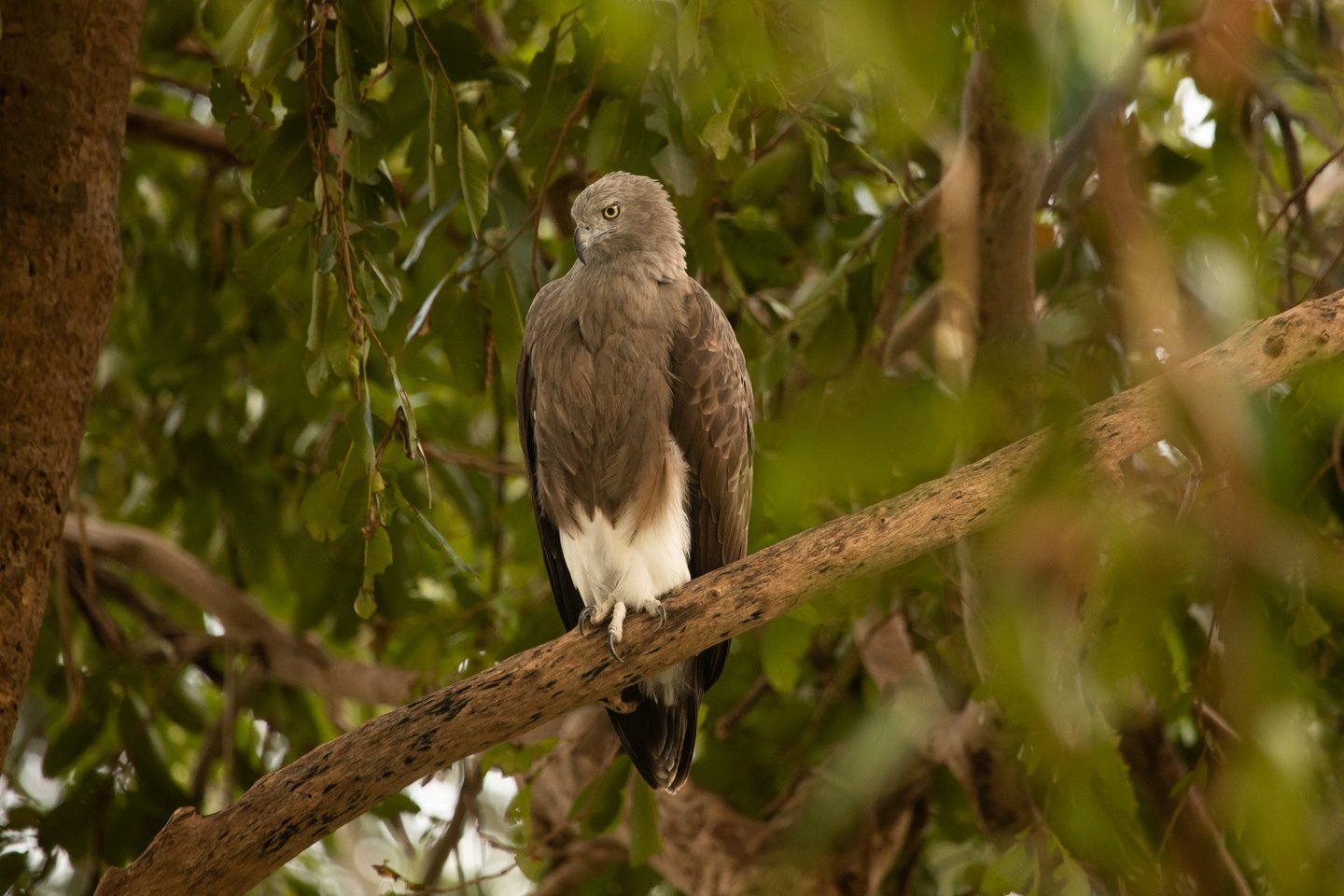

Lesser-fish eagle. A raptor mainly preys on the fishes. In the Global Red list it is categorised as Near Threatened

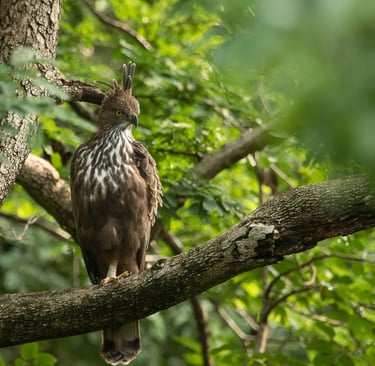
Crested hawk-eagle
These unnecessary garbage had occupied the space mostly on the dead branches which typically is most birds' roosting place. Or may be a resting place for some after a long flight. And for some, it is a vantage point while for others it helps to escape from predators. Dead trees attracts many insects and hence these are eaten by birds, while some birds could prefer to store food in these branches.
